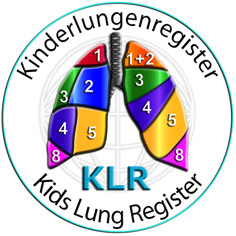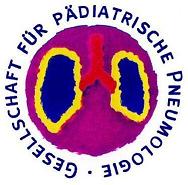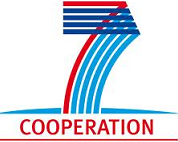Bronchoalveolar lavage (BAL)
Step 1 "Method of BAL"
-
The BAL should be performed in the middle lobe or lingula. In case of a localized disease the site of interest should be examined.
-
A flexible bronchoscope should be placed in wedge position. Therefore the bronchoscope is forwarded into bronchus to be lavaged until it cannot be advanced any further, followed by slight pull back of a few millimetres.
-
In case of a bronchoscopy with a rigid bronchoscope or a lavage carried out in an intubated patient the blind technique should be performed. In this case an endhole catheter is placed in the wedge position accordingly (see above).
-
The following sizes of catheters (e.g. Vygon) are to be used: Endotrachela tube ==> Catheter size: ET < 3,5 ==> 6 French; ET 4-5 ==> 8 French; ET > 5 ==> 10 French
Step 2 "Instillation volumes"
-
The volume used per instillation is adapted to the patient’s body weight, 1 ml per kg body weight. The total volume installed should amount up to 4 times the body weight in kg, however with a maximum of 200 ml.
-
Consecutive instillations are done 4 times without changing the position of the endoscope/catheter.
4 x 1ml/kg Bodyweight, max. 4 x 50ml
Step 3 "Syringes"
- For children under 20 kg body weight you may use 20 ml syringes.
- For children above 20 kg body weight you should use larger syringes, e.g. 50 ml.
- For subjects > 50 kg body weight you should use a maximum of 50 ml per portion.
- These larger syringes may be attached to the flexible bronchoscope by a two way stopcock or a short line.
Examples:
- 15 kg person: 20 ml syringes; 4 * 15 ml
- 35 kg person: 50 ml syringes; 4 * 35 ml
- 65 kg person: 50 ml syringes; 4 * 50 ml
A) Simple method
All fraction shall be pooled and stored afterwards
B) Advanced method
· The 1. fraction shall be stored separately (i.e. 1st instillation)
· The 2nd to 4th fractions should be pooled and stored afterwards (i.e. 2nd-4th instillation)
Step 4 "Sample handling"
-
Try to handle the samples as fast as possible!
-
The samples need to be put on wet ice or in a refrigerator (4°C) until processed. The best results are obtained, if the fractions are handled separately.
-
The recovered material should be filtered through 2 layers of gaze or nitex mesh (160 µm) to remove the mucus.
- If you have chosen the advanced method, the 1st fraction and the pooled fraction are handled identical, but separately!
- The filtered material is centrifuged at 180×g (= about 800 rpm) for 10 min at 4°C, resulting in a supernatant and a sediment
- The supernatant contains the surfactant. It must be labelled with the Lab ID and frozen at -80° C.
- The sediment contains cells. You need to prepare cytospins using a hemocentrifuge, e.g. about 50.000 cells/slide, afterwards air dry the slides and then ship them for review.
- The rest of the cells can be collected by centrifugation. For molecular biology the cell sample needs to be frozen at -70°C and shipped on dry ice to our laboratory. However pervious contact for individual arrangements has to be established.










